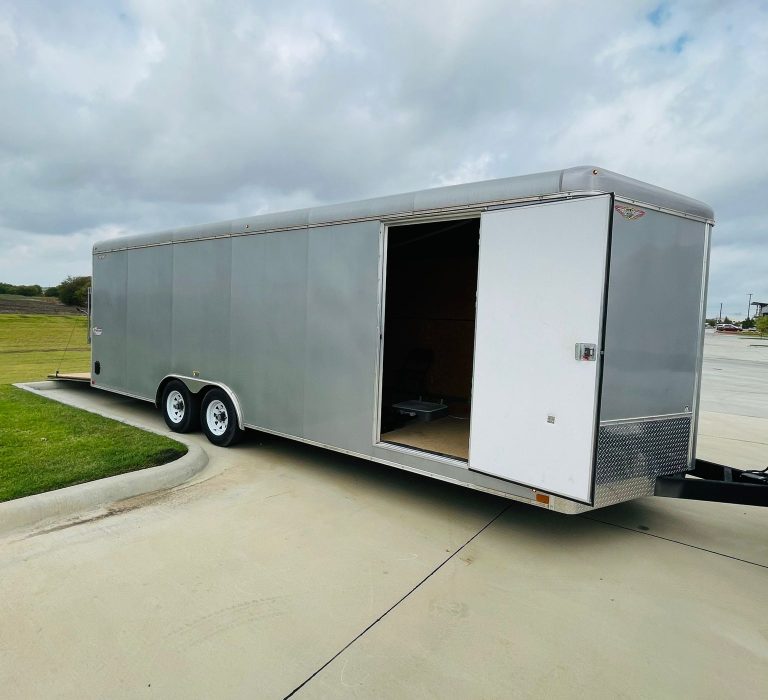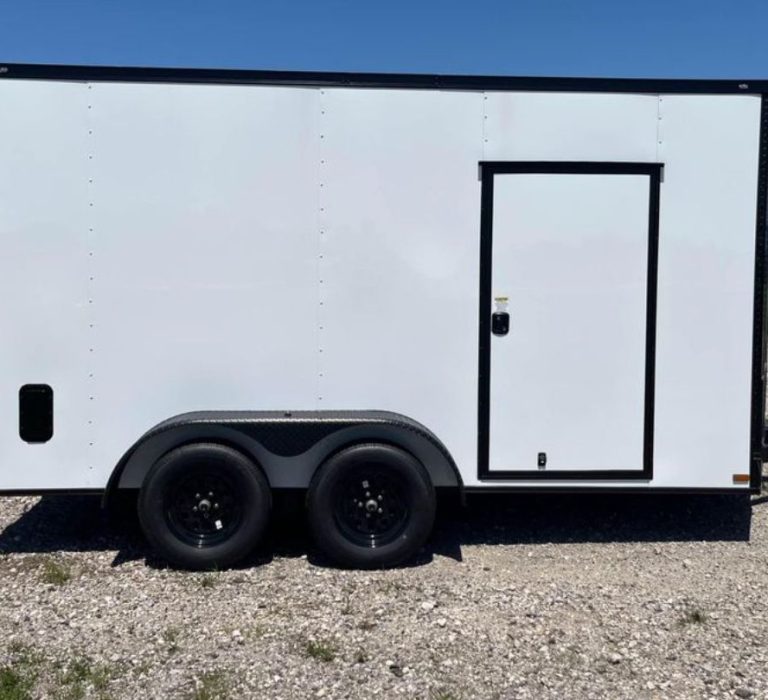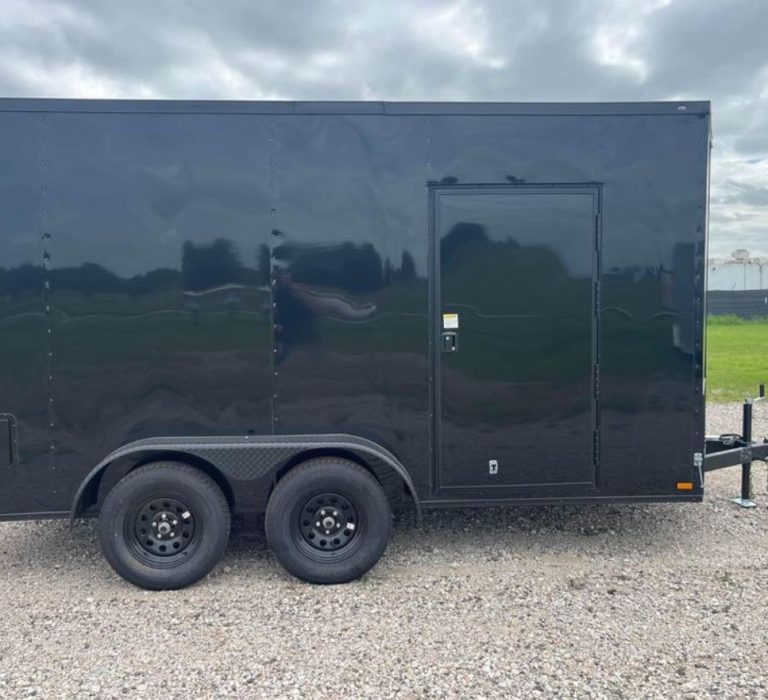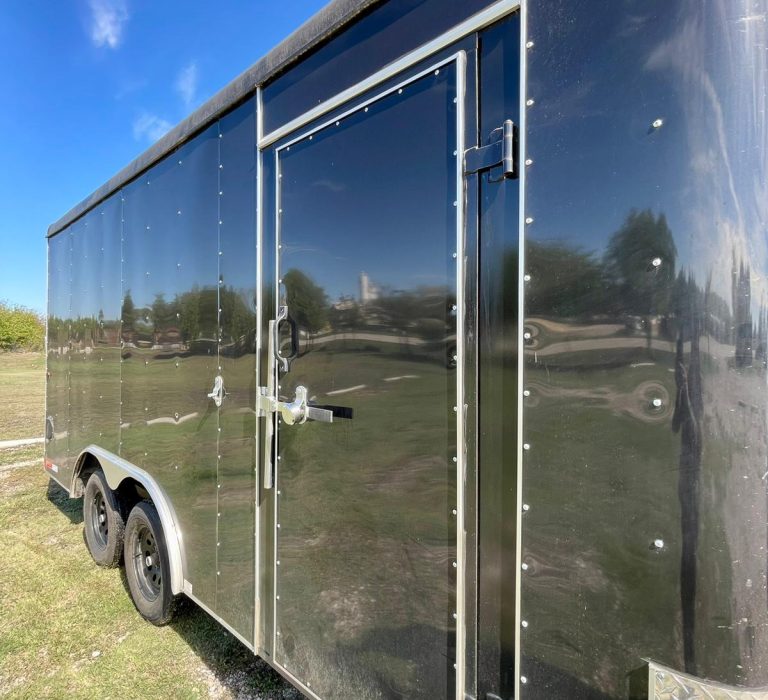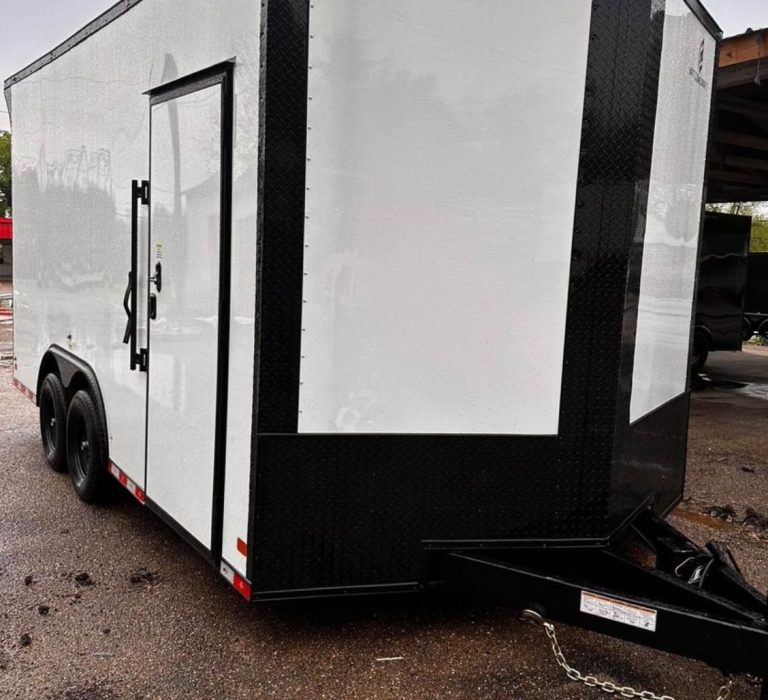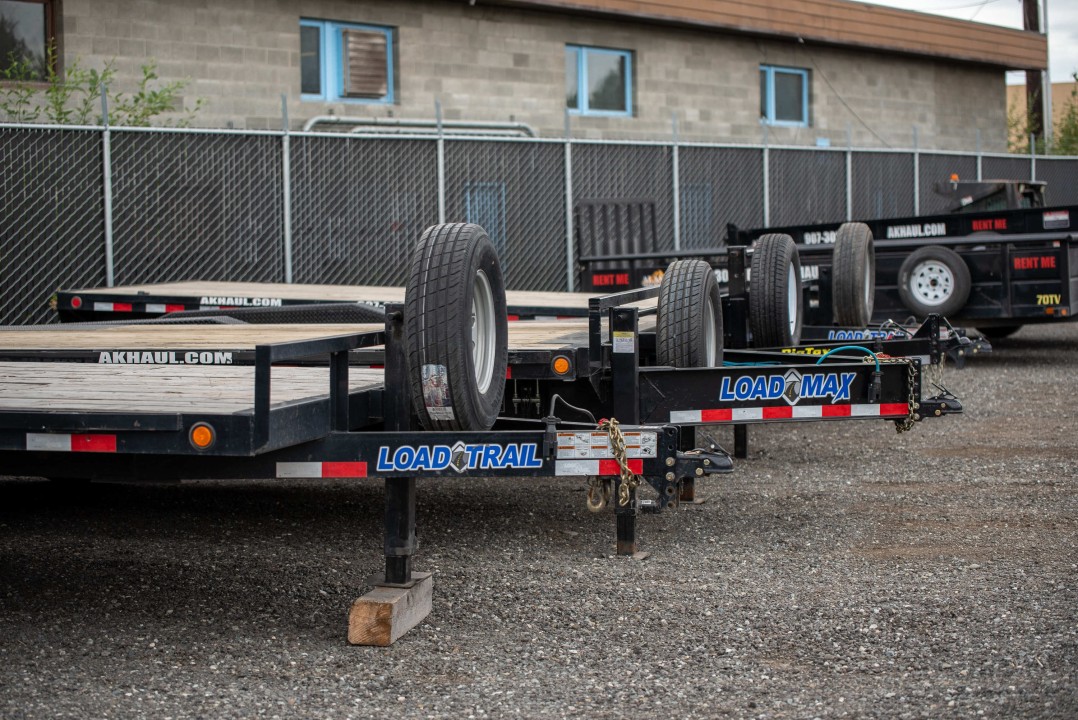Landscape Trailer
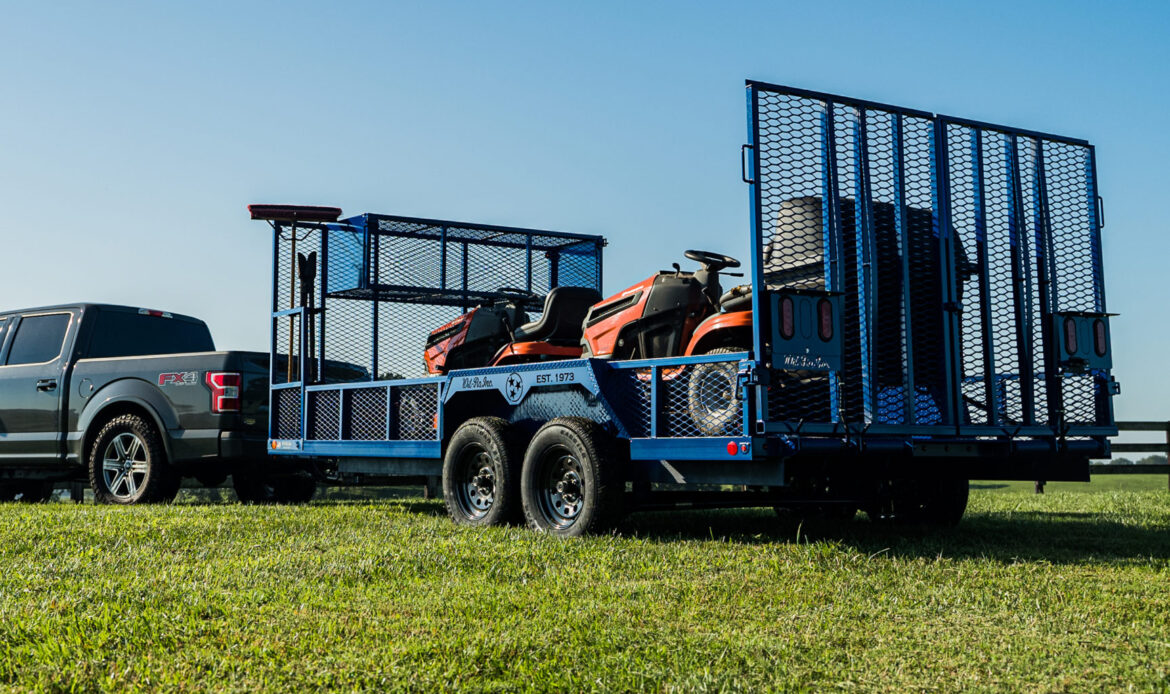
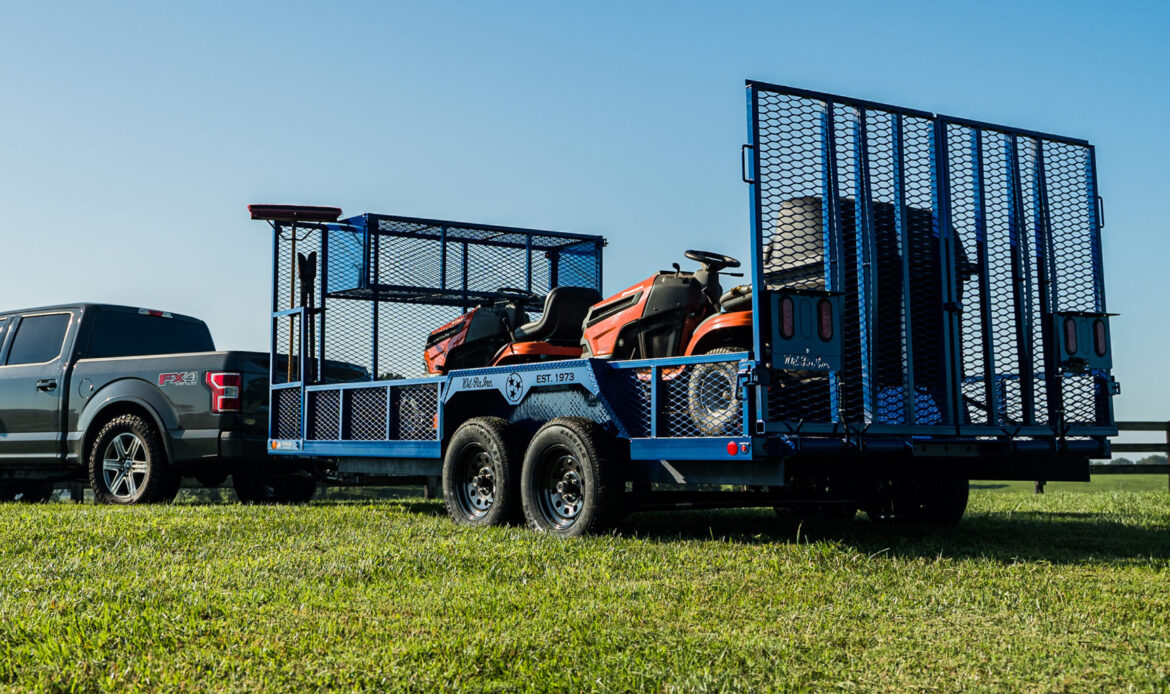
A landscape trailer is a specialized type of trailer designed specifically for transporting landscaping equipment, supplies, and materials. These trailers are essential for professionals in the landscaping industry as well as homeowners who frequently engage in landscaping projects. Here are the key features and characteristics of landscape trailers:
Open Design: Landscape trailers typically have an open platform or bed, similar to utility trailers, which provides easy access for loading and unloading landscaping equipment and materials. This design allows for efficient hauling of items such as lawnmowers, trimmers, mulch, plants, and tools.
Construction Materials: Landscape trailers are commonly constructed from durable materials such as steel or aluminum, chosen for their strength and ability to withstand the rigors of heavy landscaping equipment and materials.
Size and Capacity: Landscape trailers come in various sizes and configurations to accommodate different types and volumes of landscaping equipment and materials. They are classified by their dimensions (length, width, and height) and load capacity, which determines the maximum weight they can safely carry.
Towing Hitch: Landscape trailers typically use a ball hitch that attaches to a towing vehicle’s hitch receiver. Some larger trailers may use gooseneck or pintle hitches for increased stability and weight-bearing capacity, especially when carrying heavy loads.
Ramps and Loading Features: Many landscape trailers are equipped with ramps or tailgates that facilitate the easy loading and unloading of heavy equipment such as riding mowers or wheelbarrows. Some trailers may also feature side ramps for easier access to smaller equipment and tools.
Tie-Down Points: Landscape trailers are outfitted with tie-down points, such as D-rings or stake pockets, to secure equipment, tools, and materials during transport. Proper securing prevents shifting and ensures safe transport.
Storage and Organization: Some landscape trailers offer additional features such as built-in toolboxes, shelving, or racks for organizing tools and supplies. These features help improve efficiency and accessibility during landscaping projects.
Safety Features: Like other trailers, landscape trailers include safety features such as brake systems (electric or surge brakes), safety chains, lighting systems (brake lights, turn signals), and reflective markings for visibility.
Versatility: While primarily designed for transporting landscaping equipment and materials, landscape trailers are also used for other purposes such as hauling ATVs, motorcycles, or general cargo. They are versatile and adaptable to various hauling needs.
Customization Options: Landscape trailers may offer customization options such as mesh sides or rails, spare tire mounts, tool holders, and ladder racks to accommodate specific equipment and user preferences.
Choosing the right landscape trailer involves considerations such as the type and amount of landscaping equipment to be transported, towing vehicle compatibility, trailer size and capacity, and budget considerations. Proper maintenance and adherence to safety guidelines are essential to ensure safe and efficient transport of landscaping equipment and materials using landscape trailers.


